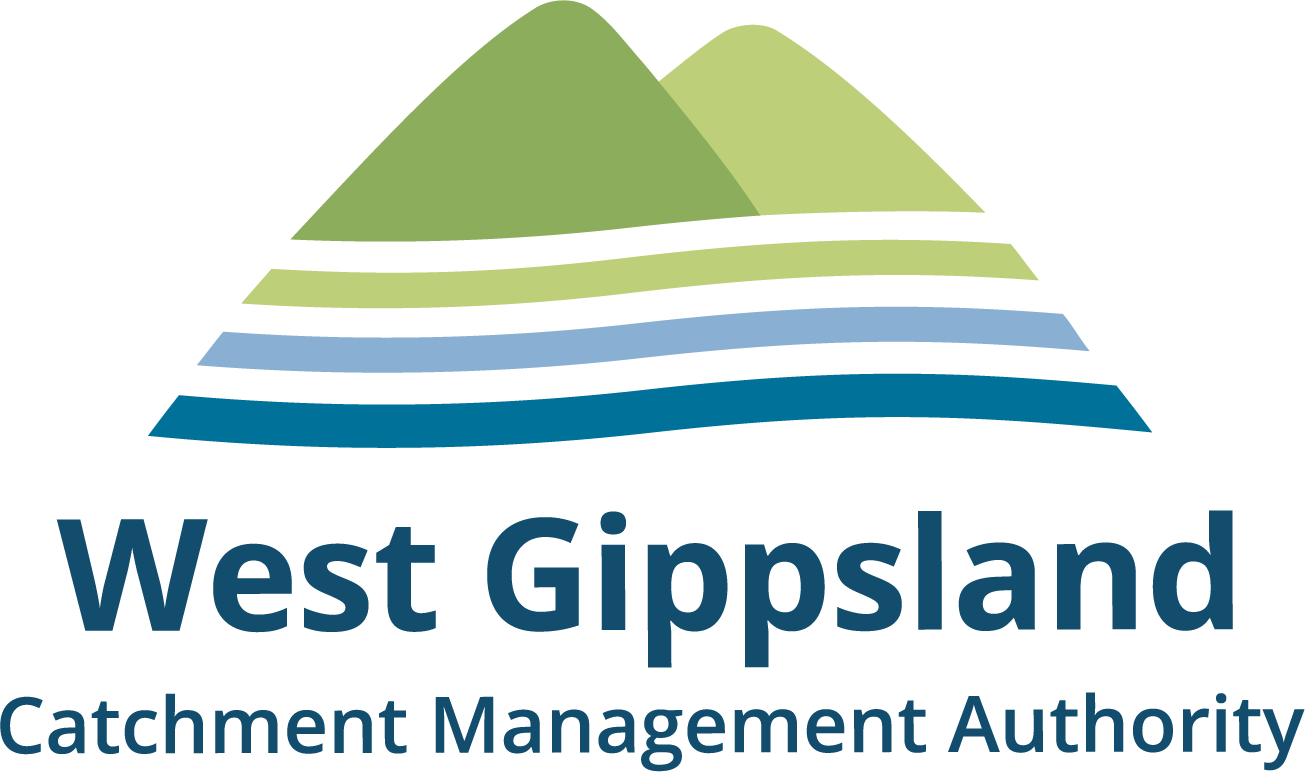Potential waterway impacts of ford crossings
- reduced capacity for fish and fauna movement
- reduced wildlife in the area of the crossing
- negative impacts on in-stream vegetation
- reduced water quality during construction and use
- increased nutrient loads where crossing is used for moving stock.
Fords are not acceptable for regular stock movements, such as on dairy farms, due to animal waste being discharged directly into the waterway.
Before considering the use of a ford, you should discuss your proposal with our staff.
Assessment criteria
A ford crossing is to be a defined crossing point using rock or concrete, generally set at or near bed level to maintain natural flow velocities. Ford crossings must be no more than 150 mm above bed level. Natural steam ‘crossovers’ or riffles are often selected as fords.

We may consider a ford crossing raised more than 150 mm above bed level provided that the downstream side of the ford is a graded rock chute and will allow for aquatic fauna to pass through.
You will need to engage a qualified person to design and construct a rock chute.
Depth indicators and signage should also be provided. This is mandatory if the crossing has public access.
Local drainage from the site and access roads should be directed to sediment basins or grassed filter zones to trap sediment. Where outfall directly to the waterway can’t be avoided, a pipe or rock chute outlet may be needed.



